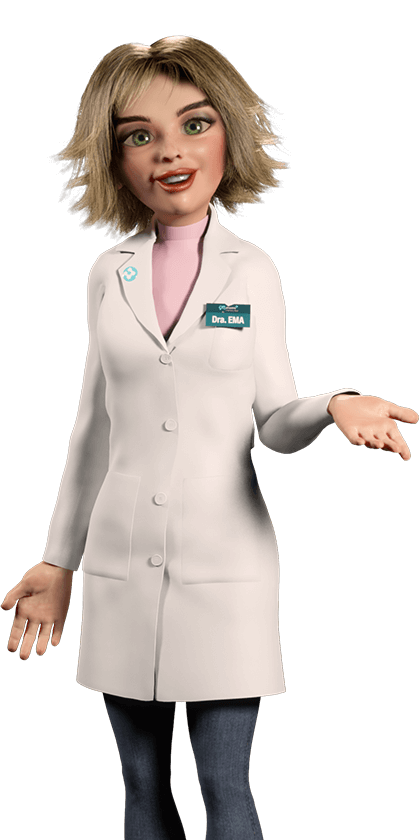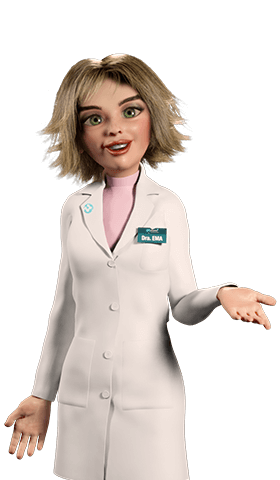Parasites
Literally, don't get scabies to scratch
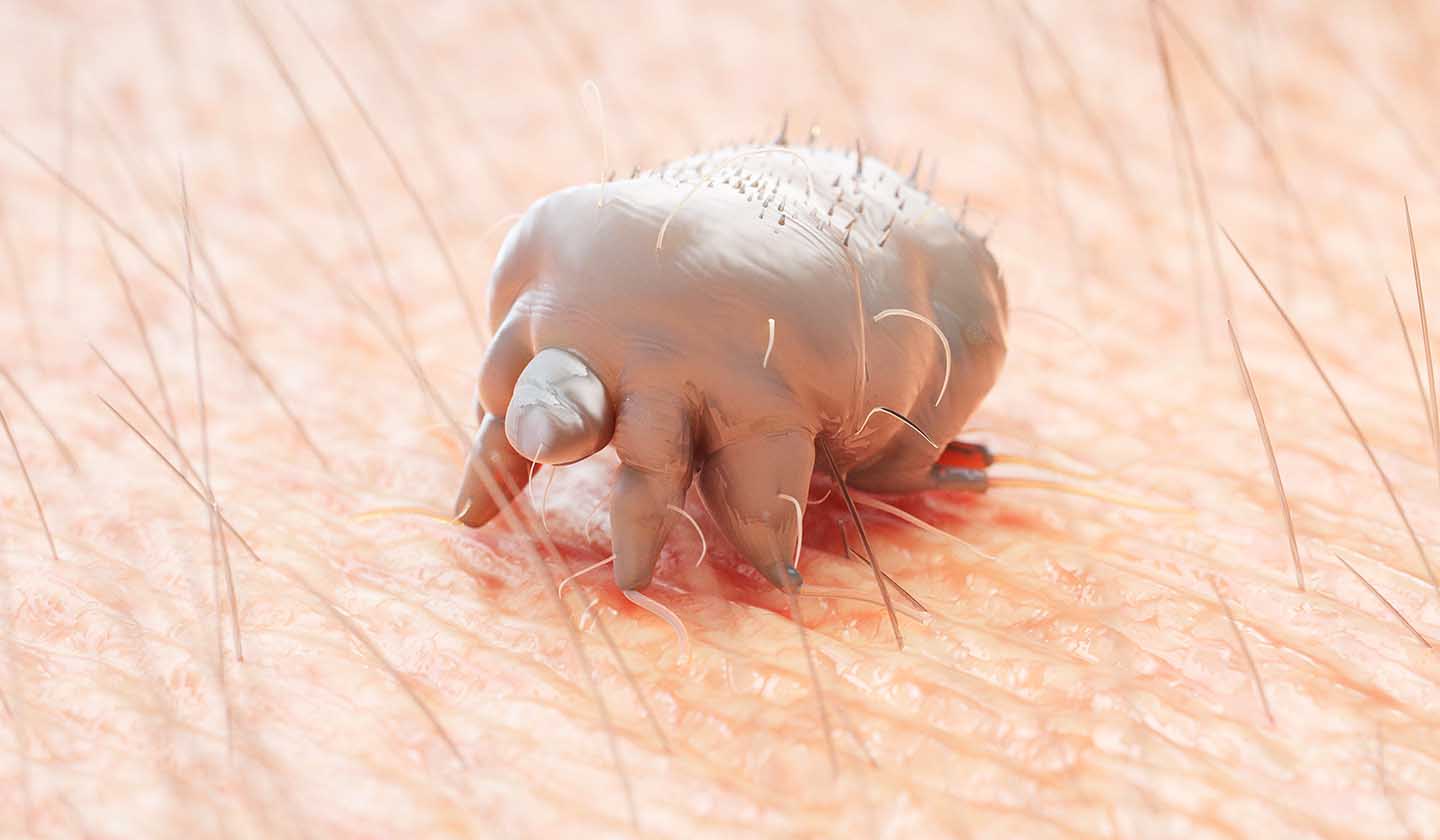
Scabies is a skin infection caused by a mite, Sarcoptes scabiei var hominis. This human parasite lives in tunnels under our skin, forming burrows and lesions.
Scabies is usually transmitted from person to person through physical contact. The mite can survive outside the human body, settling on physical objects (fomites), such as towels, bed linen, clothes, and fabric furniture, where it can infect another person. If the parasite does not find a new host, it will die within a few hours.
It is easily transmitted from person to person and the main risk factors are crowded places, such as schools, kindergartens, homes, day centres, barracks, hospitals, needy populations, and immunocompromised individuals.
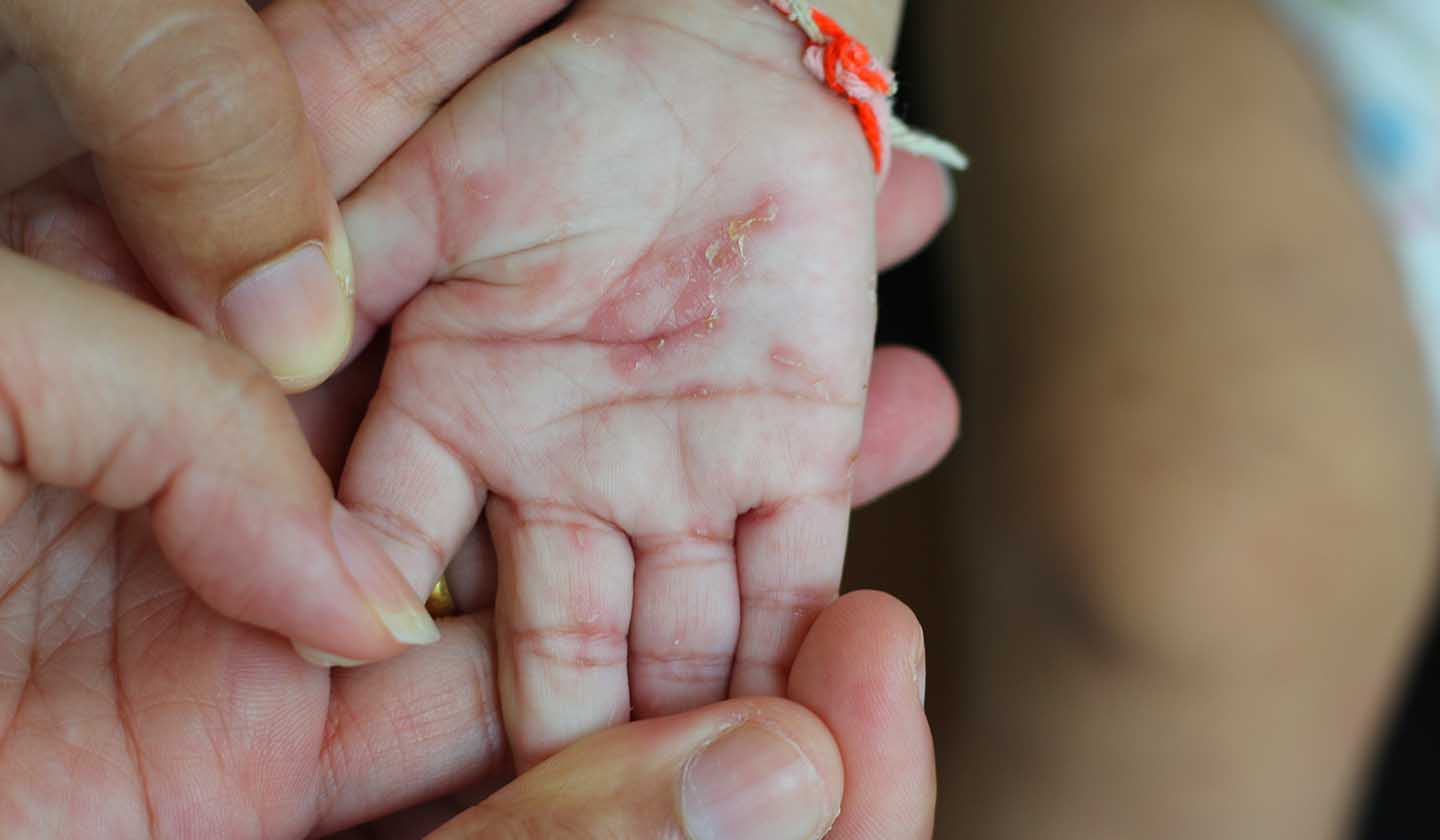
Symptoms of scabies
- Intense itching, which usually worsens at night, as the increase in temperature facilitates the movement of the parasite on the skin surface.
- Onset of skin lesions in the shape of lines.
Lesions may appear in the area below the neck such as axillae, umbilical region, waist, buttocks, inner thighs, anterior wrists, elbows, palms, and fingers, and may appear in the genital area in men.
In children, it is also common to reach the scalp, face and sole of the foot.
Treatment of scabies
Treatment is done with the application of topical scabicides, which are drugs that, when applied to the skin, eliminate the parasite.
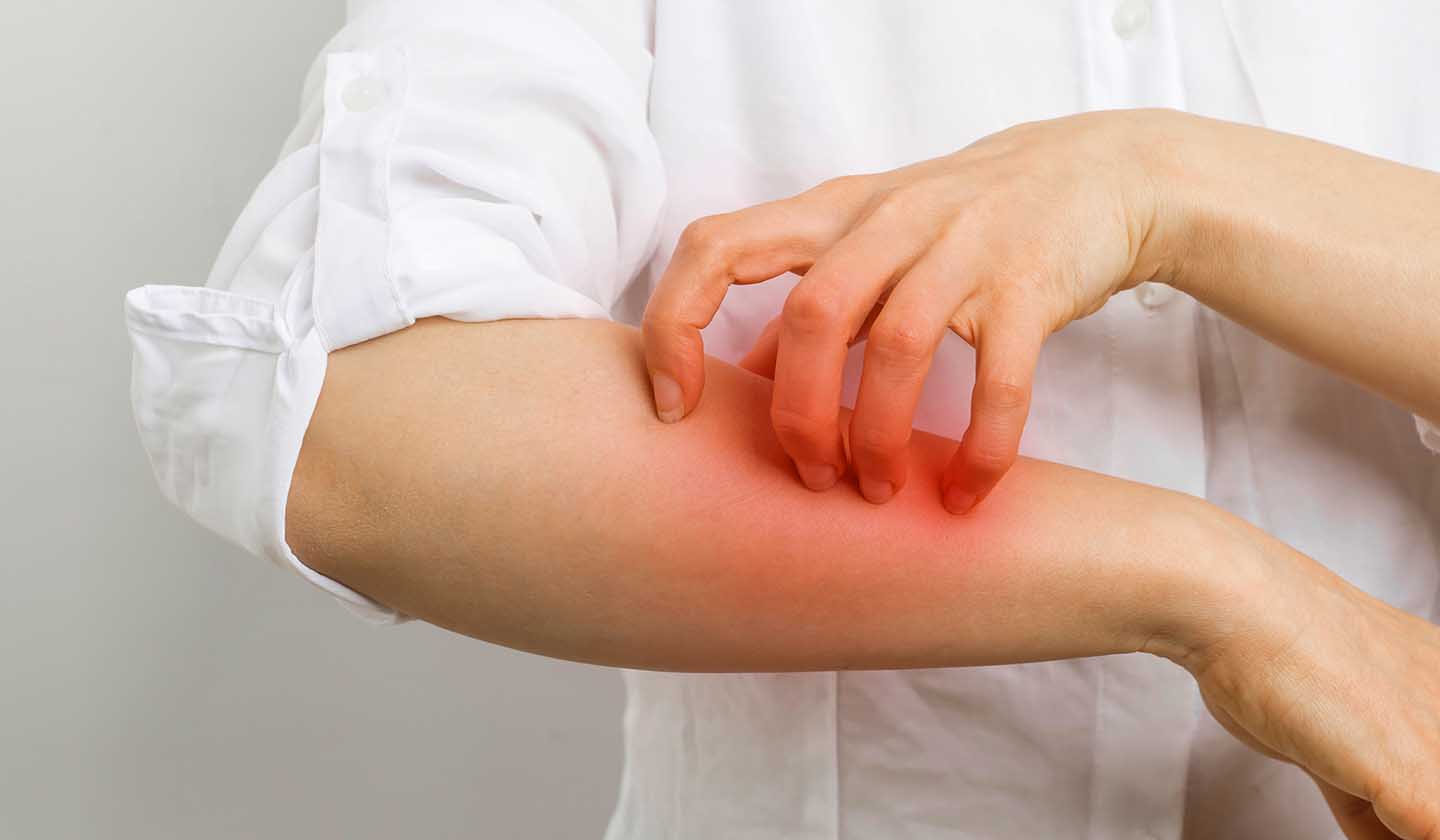
How to apply a scabicide
- Before applying the product, take a hot bath to increase the absorption of the skin. Then, dry yourself off.
- Apply the product with a cotton pad, rubbing it gently all over your skin, except on the face, eyes, and mucous membranes.
- Repeat the application, let dry before getting dressed.
- 24 to 48 hours later, take another shower and change your clothes and bed linen.

Useful advice
- All clothing that has been in contact with the patient before and during treatment, such as clothes, bed linen, pillows, and towels, should be washed at high temperature (at least 60 ºC).
- In the case of children, soft toys or other dolls that may be contaminated should also be washed.
- Objects that cannot be washed, such as shoes, should be put in a tightly closed plastic bag and remain like that for at least 3 days.
- Although a single treatment may be sufficient to achieve a cure in some patients, sometimes the treatment should be repeated for 2 days in a row.
- After finishing the treatment, the itching may remain for some time, which recommends the use of oral antihistamines and the application of specific ointments.
- In order to help the skin recover from the aggression to which it was exposed, both due to the parasite and the treatment, which is very aggressive to the skin, a soft moisturising cream, without perfume, should be used daily.
Sources
iSaúde
Farmácia Distribuição Magazine
Também lhe poderá interessar
Prevention and treatment
Insect bite? After the slap comes torment
Allergies
